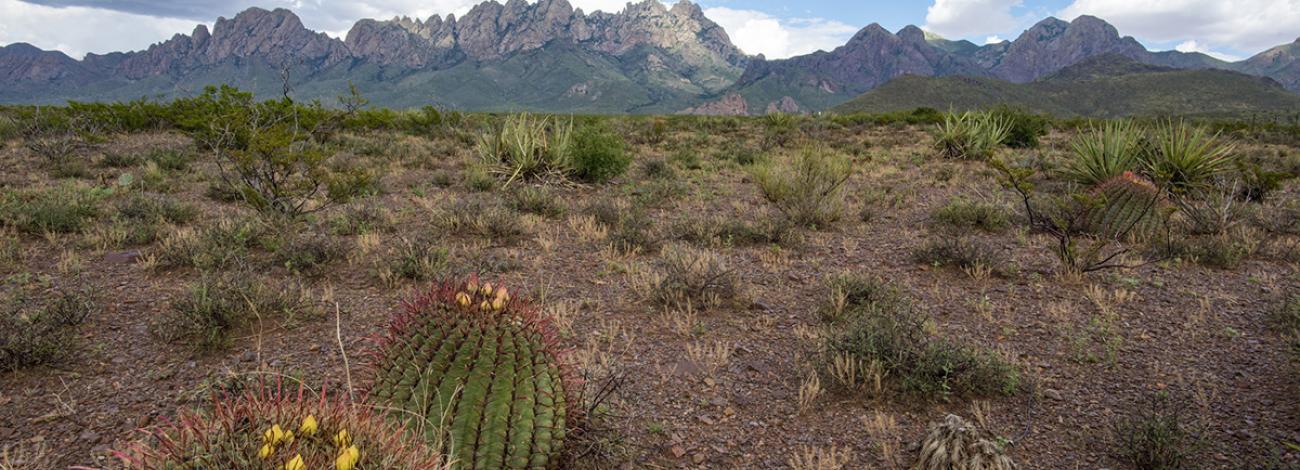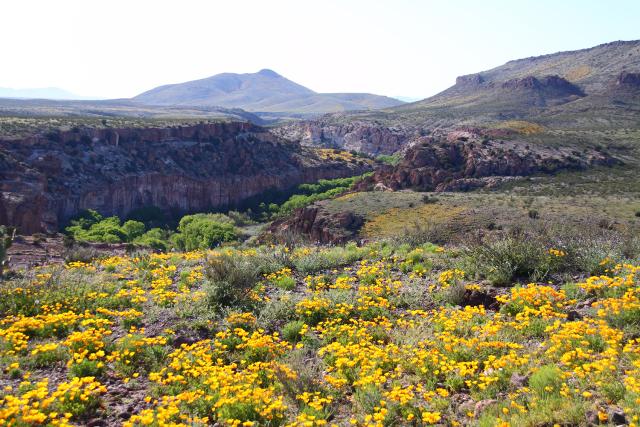
Las Cruces District Office
Welcome to southwestern New Mexico, where public lands offer an amazing diversity of outdoor recreation opportunities. The BLM's Las Cruces District Office manages 5.4 million acres of public land and over 10 million acres of Federal mineral estate from the western side of the Guadalupe Mountains to the Arizona border, and from Sierra County and the southern edge of the Gila National Forest to the Mexican border. These public lands include majestic, scenic mountain ranges jutting from the desert floor, and towering over the surrounding desert. The confluence of the Chihuahuan desert, Rocky Mountains, great plains, Sonoran desert, and Sierra Madre make the area the most biologically and recreationally diverse region of New Mexico.




Leadership
Scott Cooke
Latest News
Contact
Las Cruces, NM 88005-3371
TTY/Relay System
If you are deaf, hard of hearing, or have a speech disability, please dial 7-1-1 to access telecommunications relay services.
